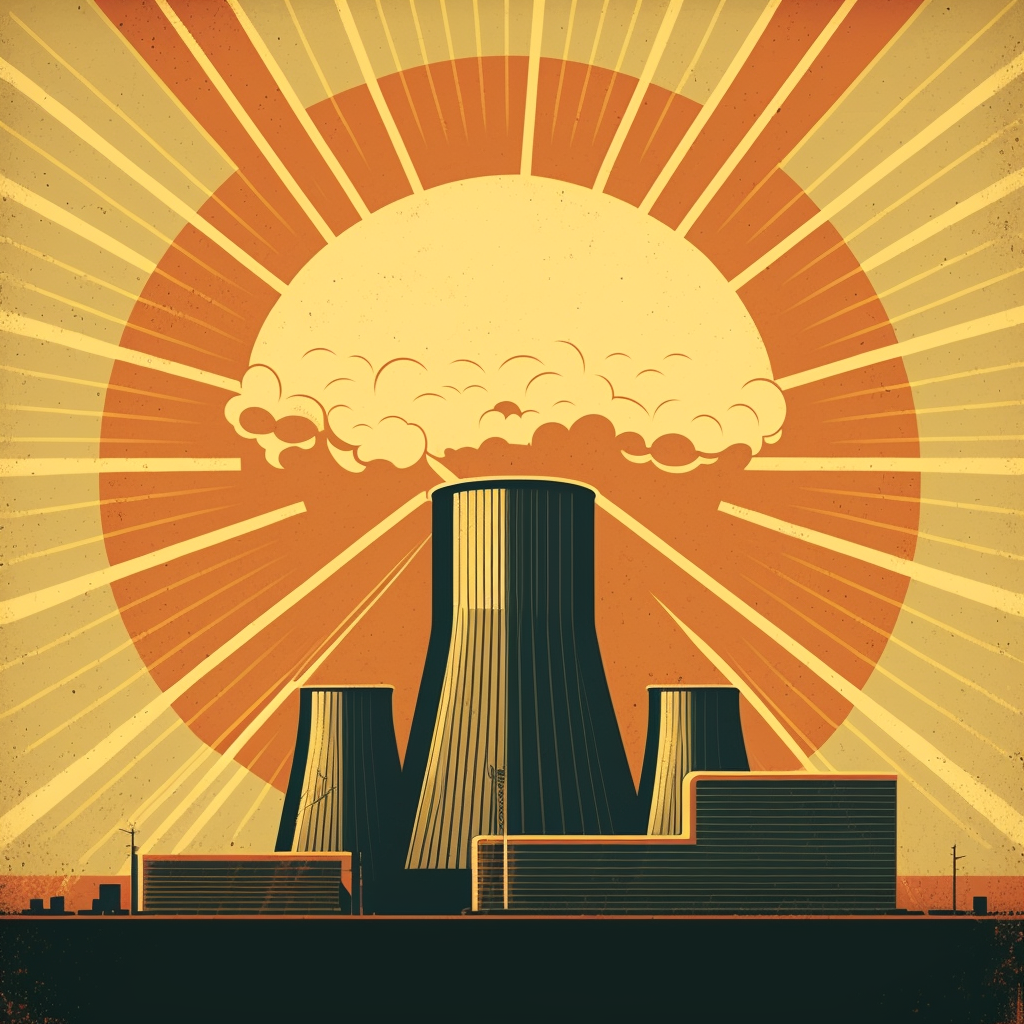In his book “Nuclear Awakening,” James F. Powers provides a comprehensive history of the nuclear industry, from its early days in the 1940s through the modern era. The book covers everything from the development of nuclear weapons to the use of nuclear power for energy production. Throughout the book, Powers shares insights and lessons learned from decades of experience in the industry. In this blog post, we’ll summarize the top 10 lessons from “Nuclear Awakening.”
“The more we know about nuclear technology, the less we will fear it, and the more we will be able to use it safely and effectively.”
Lesson 1: Safety Must Be the Top Priority
Perhaps the most important lesson from “Nuclear Awakening” is that safety must always be the top priority in the nuclear industry. The potential consequences of a nuclear accident are simply too great to ignore. Powers emphasizes that all nuclear facilities must be designed, constructed, and operated with safety in mind, and that everyone who works in the industry must prioritize safety above all else.
Lesson 2: Risk Can Be Mitigated but Not Eliminated
Despite the emphasis on safety, there is always some level of risk associated with nuclear technology. Powers notes that this risk can be mitigated through careful planning, design, and operation, but it can never be eliminated entirely. The challenge for the industry is to manage this risk effectively, minimizing the chances of accidents while ensuring that nuclear technology can continue to provide benefits.
Lesson 3: Nuclear Power Can Help Address Climate Change
One of the primary arguments in favor of nuclear power is that it can help address climate change. Nuclear plants emit no greenhouse gases, making them a cleaner alternative to fossil fuel power plants. Powers notes that while nuclear power is not a perfect solution, it can play an important role in reducing carbon emissions and mitigating the effects of climate change.
Lesson 4: Nuclear Energy Is a Complex and Costly Technology
Nuclear power is a complex and costly technology, requiring significant investment in both infrastructure and human capital. Powers explains that the cost of building and operating nuclear plants is often higher than that of other types of power plants. However, he also notes that the long-term benefits of nuclear power can outweigh the costs, particularly in terms of energy security and environmental protection.
Lesson 5: Nuclear Weapons Are a Deterrent but Also a Risk
Nuclear weapons have played a significant role in international relations since their development in the 1940s. Powers explains that while nuclear weapons can act as a deterrent to aggression, they also pose significant risks to global security. The threat of nuclear proliferation and the possibility of nuclear terrorism are two of the most pressing issues facing the world today.
Lesson 6: Nuclear Technology Can Be Adapted for Many Uses
While most people think of nuclear power and weapons when they hear the term “nuclear technology,” Powers notes that there are many other applications for this technology as well. For example, nuclear medicine uses radioactive isotopes for diagnostic and therapeutic purposes. Nuclear technology can also be used for materials science, environmental monitoring, and many other fields.
Lesson 7: Public Perception Is Crucial to the Success of Nuclear Technology
Public perception plays a critical role in the success of nuclear technology. Powers notes that the nuclear industry has struggled to gain widespread public acceptance, in part because of concerns about safety and the potential for accidents. To address these concerns, the industry must be transparent and engage with the public in a meaningful way, demonstrating its commitment to safety and responsible operation.
Lesson 8: Nuclear Industry Must Embrace Innovation
Like any industry, the nuclear sector must embrace innovation in order to remain competitive and meet the evolving needs of society. Powers explains that new technologies, such as small modular reactors and advanced fuel cycles, are being developed to address some of the challenges facing the industry. The companies and organizations that embrace these innovations are more likely to succeed in the long term.
Lesson 9: Nuclear Industry Must Work Collaboratively with Governments and Regulators
The nuclear industry operates within a complex regulatory environment, and close collaboration with governments and regulators is essential for success. Powers notes that regulatory frameworks must balance safety and innovation, ensuring that new technologies can be developed while minimizing the risks of accidents or proliferation. The industry must work collaboratively with regulators to develop and implement effective regulatory frameworks.
Lesson 10: Education and Training Are Key to Success in the Nuclear Industry
Finally, Powers emphasizes the importance of education and training in the nuclear industry. This is a highly technical field, and workers must have a deep understanding of the technology and the safety protocols in order to operate nuclear facilities safely and effectively. The industry must invest in education and training programs to ensure that workers have the knowledge and skills they need to succeed.
Conclusion
In “Nuclear Awakening,” James F. Powers provides a comprehensive overview of the nuclear industry and the lessons learned over the course of its history. From the importance of safety to the potential of nuclear technology for addressing climate change, the book provides valuable insights for anyone interested in this field. By embracing innovation, working collaboratively with regulators, and prioritizing education and training, the nuclear industry can continue to provide important benefits while minimizing the risks associated with nuclear technology.




